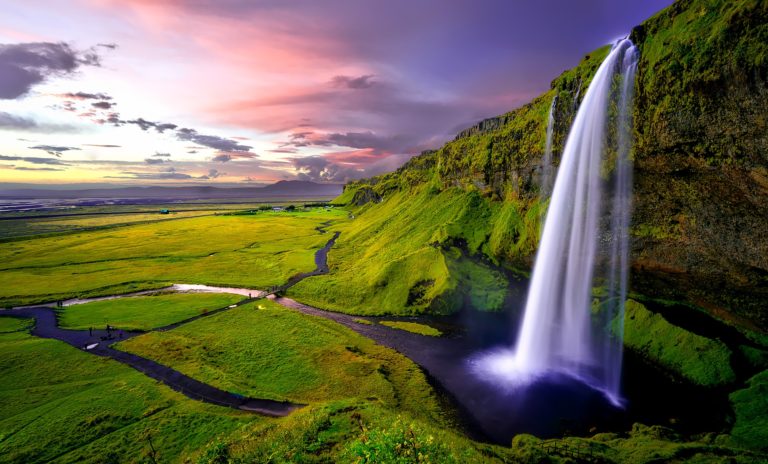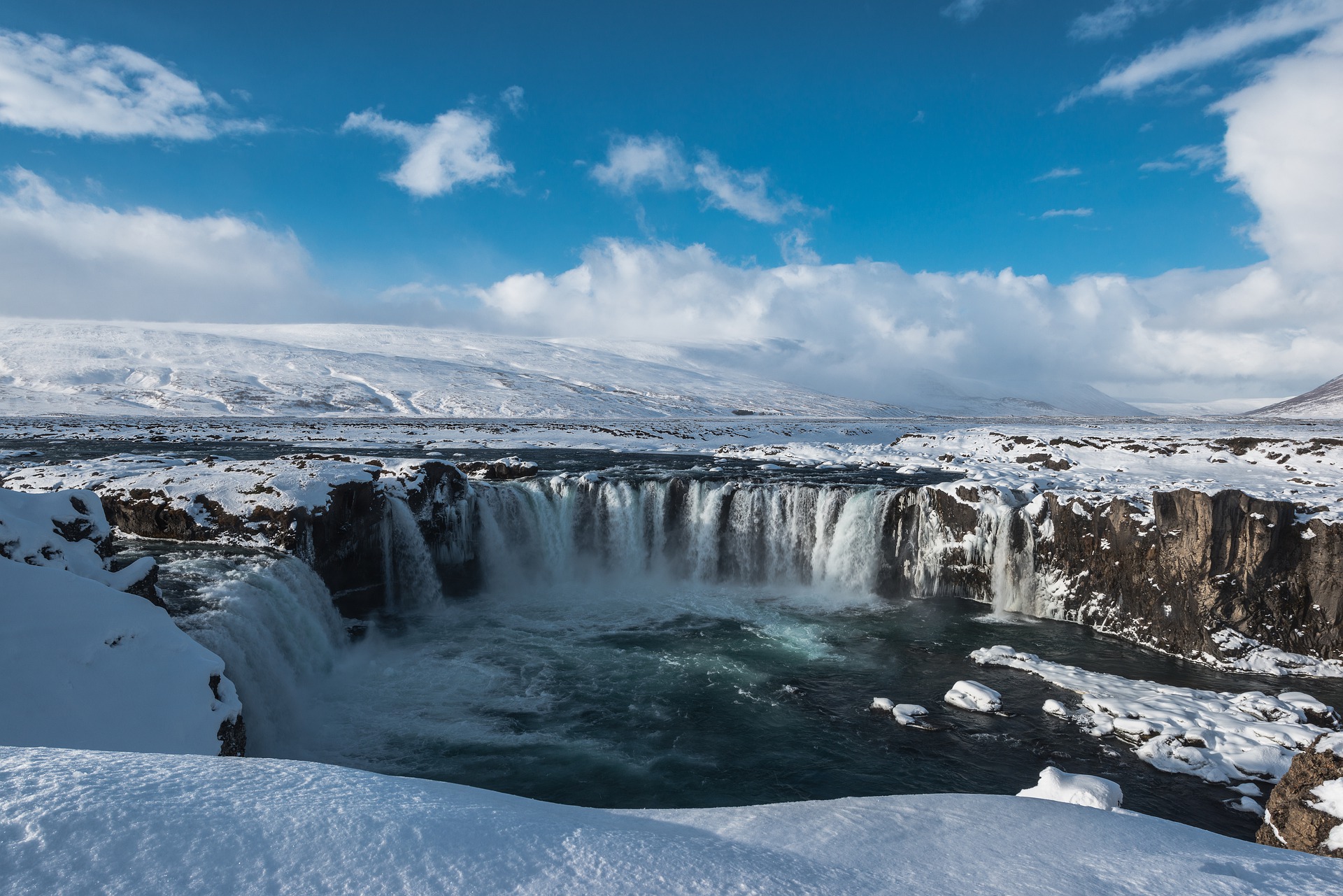
Iceland is Europe’s most sparsely populated country and a true natural mecca for travelers coming here. The island lies right where the North Atlantic meets the Arctic Ocean and much of its culture is European, having belonged to both Norway and Denmark.
In Iceland, you’ll experience Old Norse traditions mixed with modern inputs and sumptuous scenery.
When to visit Iceland
Iceland has a varied climate that changes depending on where you are on the island. The south is warmer than the north, but also wetter and windier. The highlands in the middle of the island are the coldest, and generally, the climate is colder in Iceland.
In summer, the temperature ranges between seven and 13 degrees in Reykjavik and the weather is generally very changeable in the country and windy. If you want the most heat, visit the south side in summer, when the sun almost never sets. Iceland has the most visitors in summer and is well suited to visiting by car. During your visit, you can go hiking, fishing, horse riding, golfing, or simply, enjoy nature, any of these can be a great start of your Iceland itinerary.
It is cold in winter but still mild, around -1 degrees, the highlands are usually covered in snow and the days are short. In winter Iceland offers many winter activities such as romping in the snow, dog sledding and snowmobiling. You can enjoy an outdoor dip in the warm pools of the Blue Lagoon.
In spring the snow melts and in autumn the weather is very unstable. Autumn, in particular, sees fewer visitors and many accommodation options close.
Summer is undoubtedly the most attractive time of year to visit Iceland, but if you like it colder and more wintry, winter can be a great experience too.
Food in Iceland
Icelandic cuisine is largely based on fish, lamb and dairy products.
Originally, the climate did not favor the cultivation of fruit and vegetables, which are therefore rarely part of traditional dishes. Today, however, people have found ways to grow fruit and vegetables outside or in greenhouses, and you can easily get food of this kind that is locally produced.
You will also be able to eat very good meat and other delicacies. Many lamb and fish dishes are traditional in Iceland. If you’re more into other meat dishes like beef, poultry, or pork you can easily sink your teeth into that too.
If you want to try classic traditional food, you should visit Porramatur, which is a common term for fish and meat cut into small pieces, eaten with butter, rye bread, and brandy.
Don’t be scared to try skyr, rotten shark meat, smoked lamb, boiled sheep’s head, and blood pudding – to name just a few of the classic dishes. Let it be said that Iceland is not a cheap country especially when it comes to food, but that doesn’t mean you still can’t enjoy Iceland on a budget.

Experience the amazing nature
You can’t go to Iceland without exploring its stunning natural scenery and experiencing its high plains of sand and lava, mountains, fjords and glaciers, or the amazing waterfalls of Iceland that honestly look like they are on a different planet.
Iceland’s nature is unique and therefore well protected, much of the country is covered by grassland, which is ideal for grazing livestock. The magical beauty of nature can be seen in nature all around and on the sky above when Aurora Borealis, the Northern Light puts on a light show. Niels Thomas from the Dutch Northern Lights Company Noorderlicht IJsland, knows all about it.
The seas around Iceland are full of adventure, and you might be lucky enough to see whales or killer whales and go on a whale safari. You can also take a trip past one of the many volcanoes or see some of the impressive waterfalls that are also on the island – both Dettifoss and Selkalandsfoss are mighty beautiful.
In many places in Iceland, you can go on short or long horseback rides and there is something special about experiencing Iceland from horseback – you can hire horses at farms or riding schools. If activities aren’t your thing, relax in the hot springs for which Iceland is famous. The Blue Lagoon is the most famous and is close to the international airport.
The amazing nature is also above, in the night sky. Here are the best places in Iceland to see the Northern Lights.
Reykjavik
About half of Iceland’s population lives in Reykjavík, and the airport is close by, so you can easily get to the city if you want to start or end your visit to Iceland here.
Reykjavík is the country’s capital and is located on the south-western side of the island. Here in the city are all the country’s main institutions such as the government building, a university, other educational institutions and various cultural offerings that may be of interest to tourists.
There are museums, opera, theatres and good restaurants – so a visit to the city is almost essential if you want to get a broad impression of the whole of Iceland.
If you’re in town, stop by the Halgrim Church, a landmark that can be seen from most places in the city. Or head to the small Tjornin Lake, where birdlife is abundant. You can also visit the sculpture and art museum or simply enjoy the nightlife with good music.
Facts about Iceland
Area: 103,000 km2
Geography: the country is in many ways very rugged, and the interior is largely uninhabitable. People therefore live along the coastline. 11% of the country is covered by glaciers and there are also many volcanoes.
Language: Icelandic
